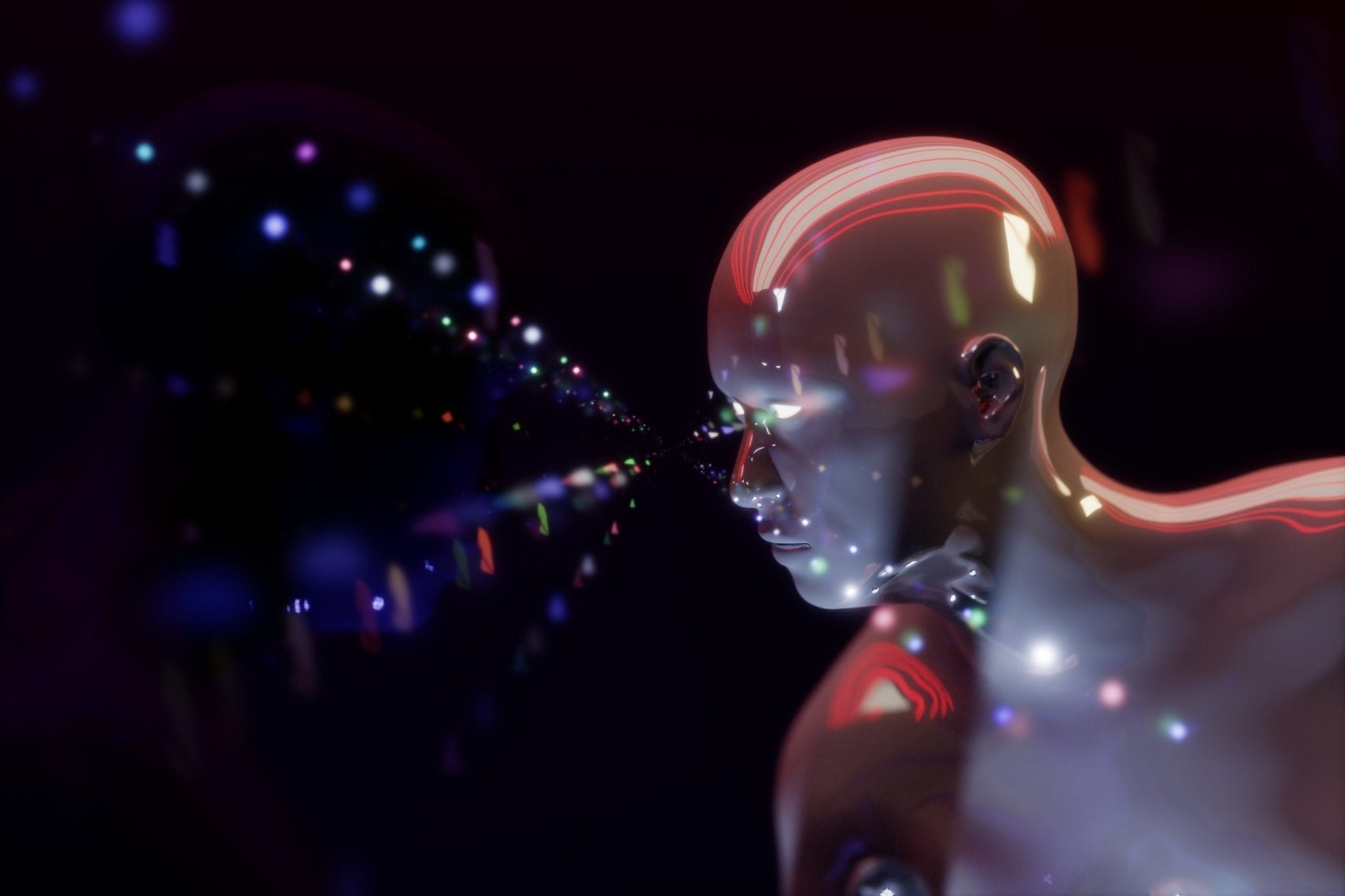AI has transformed health care and it will continue to do so, bringing both providers and patients immense benefits in terms of improved service and lower costs.
Artificial intelligence has disrupted different spheres of our lives and a number of industries.
It has already become commonplace to such an extent that we sometimes aren’t even aware that we’re using the benefits of this advanced technology. For example, every time Amazon recommends a product you might be interested in, or you ask Alexa to order some food online, it’s AI at work.
But apart from these very practical use cases that make our lives easier, AI has also revolutionized health care, and together with its subsets machine learning (ML), natural language processing (NLP), and others, it will continue to evolve and establish itself as a critical component of this industry.
Diagnosing Illnesses More Accurately
10% of all U.S. deaths in 2015 were a result of misdiagnosing or medical error.
It’s clear that improving this process is one of medicine’s top challenges, and AI is capable of outperforming human doctors and helping them predict and diagnose diseases more accurately and at a faster rate.
Deep learning, another subset of AI, managed to detect diseases from medical imaging with exceptional accuracy. For example, a study has shown that deep learning models managed to achieve better diagnostic performance in detecting lymph node metastases in breast cancer tissue than 11 pathologists.

Similarly, AI algorithms have proven themselves to be not only precise, sophisticated, and performing at specialty-level diagnostics, but also scalable and cost-effective when it comes to detecting diabetic retinopathy.
There’s also the issue that numerous anomalies are virtually invisible to a human eye due to their small size, which makes it hard for doctors to spot them before they develop and become harder to treat. AI can identify such minuscule abnormalities and practically save a patient’s life.
Improve Primary Care and Triage
Many people book an appointment with their GP the moment they notice a particular medical issue. This is, by all means, a responsible behavior, but in numerous cases, it’s either a false alarm or something that they could have treated themselves.
But, it’s only with the help of AI that primary care and triage can be streamlined and automated, thus reducing demand on primary care providers and allowing doctors to focus on more pressing issues.
On the other hand, besides avoiding unnecessary trips to the doctor, which on average costs $75 per visit, patients can greatly benefit from medical chatbots as these smart algorithms can provide them with quick answers to their health-related questions and concerns, as well as guidance on how to deal with potential issues. Plus, they are available 24/7 and capable of handling multiple patients simultaneously.
That’s what makes these bots an ideal solution for offering medical guidance to populations in remote areas.
Clinical Decision Support
Health professionals need to take all the relevant information into account when diagnosing patients. In many cases, this means going through a massive amount of unstructured notes in medical records.
Failing to notice a single important fact can put a patient’s life at risk. With the help of NLP, doctors will be able to filter out relevant information from patient reports.
AI can store and process huge data sets, which can serve as knowledge databases and provide assessments and recommendations for each patient individually. This way, AI and ML significantly enhance and improve clinical decision support.
Doctors can rely on this technology to help them identify risk factors from unstructured notes. IBM’s Watson is an example of this, as it analyzed key markers and predictors of congestive heart failure in 21 million patients over six weeks, and managed to identify those at risk of developing this condition within one year in 85% of cases.
Robotic and Assisted Surgeries
Sub-millimeter precision, stillness, and the capability to perform repetitive tasks with a constant focus play a critical role in the operating room.
AI and collaborative robots have transformed surgeries as the synergy of these technologies allows for the control of trajectory, speed, and depth when making delicate incisions. Besides that, robots don’t get tired, meaning that fatigue isn’t an issue even during lengthy and demanding procedures.
Experience and expertise that surgeons accumulate over the years can be hindered by the loss of fine motor skills, so collaborative robots can be used as extensions of their hands. With the help of these precise machines, tremors and unintended or accidental movements can be eliminated.
Another powerful combination of advanced technologies comes in the form of AI and 5G. The first remote surgery on the brain was performed in 2019 in China. The surgeons were in a research institute situated about 50 kilometers from the hospital in which the animal they operated on was located. The entire procedure lasted for about 60 minutes and was carried out in real-time via a 5G network with near-zero latency.
AI has transformed health care and it will continue to do so, bringing both providers and patients immense benefits in terms of improved service and lower costs.


Join the conversation!